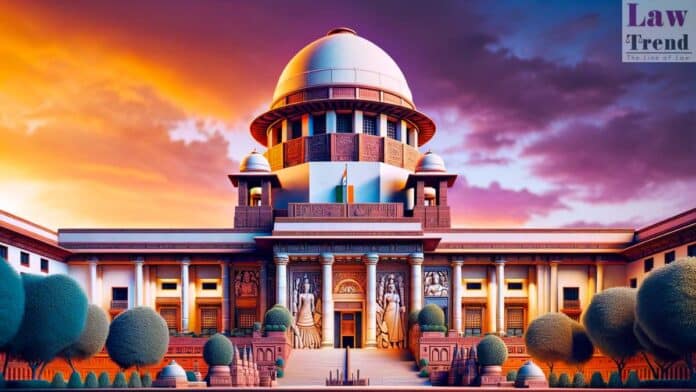The Supreme Court of India has acquitted a woman convicted for the murder of her two young children, holding that a conviction cannot be sustained on the basis of “conjectures and surmises.” A bench comprising Chief Justice of India B.R. Gavai and Justice K. Vinod Chandran set aside the concurrent findings of the Chhattisgarh High
To Read More Please Subscribe to VIP Membership for Unlimited Access to All the Articles, Download Available Copies of Judgments/Order, Acess to Central/State Bare Acts, Advertisement Free Content, Access to More than 4000 Legal Drafts( Readymade Editable Formats of Suits, Petitions, Writs, Legal Notices, Divorce Petitions, 138 Notices, Bail Applications etc.) in Hindi and English.







